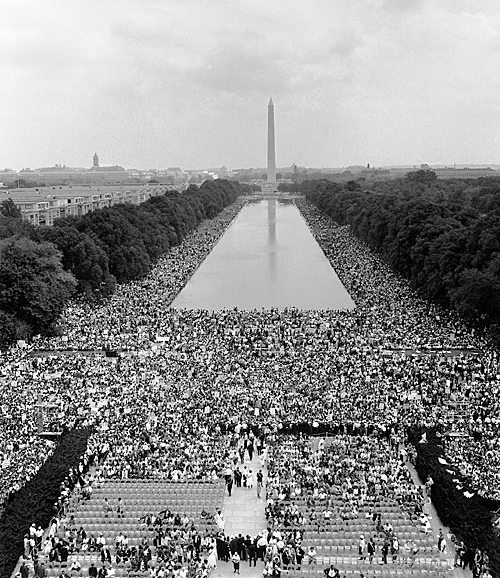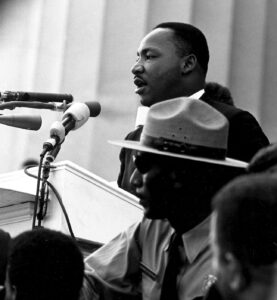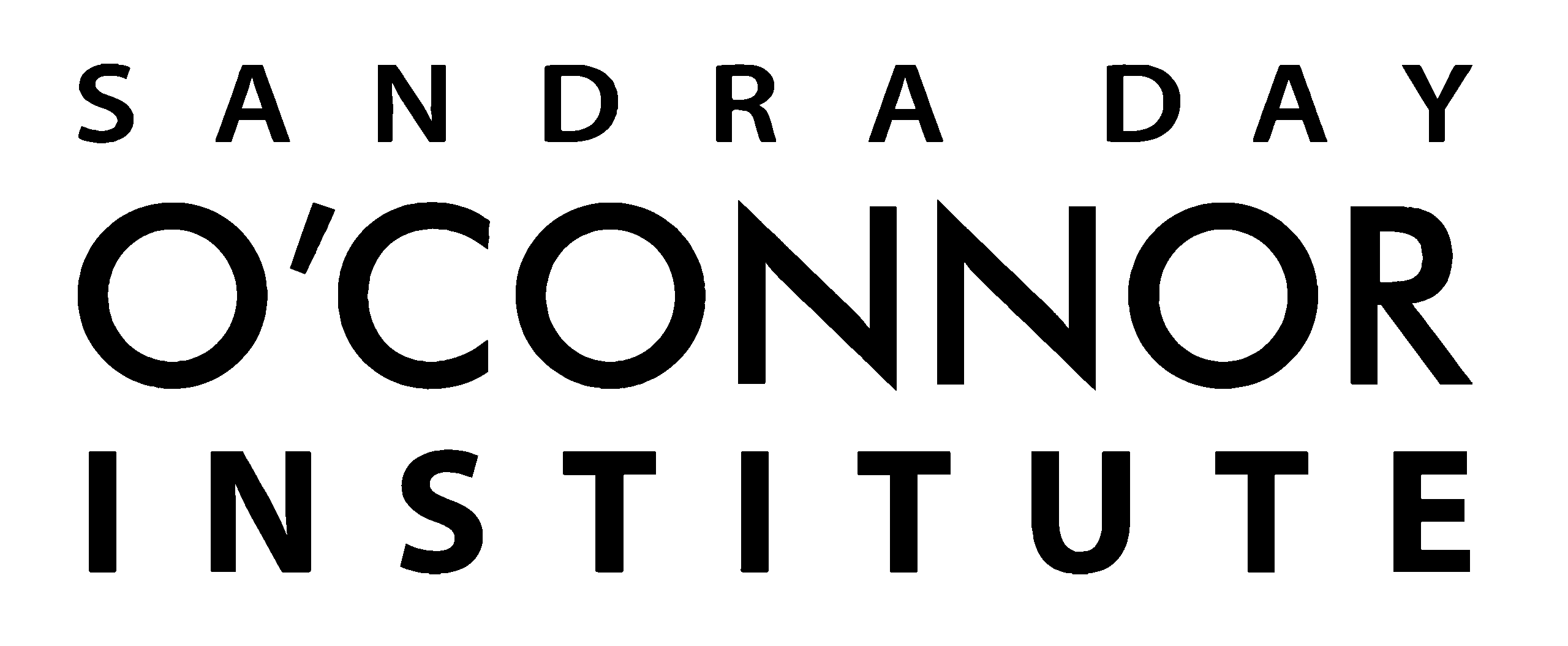The March on Washington and Dr. Martin Luther King Jr.’s “I Have a Dream” Speech
On August 28, 1963, a monumental event unfolded in American history: the March on Washington for Jobs and Freedom. Organized by civil rights leaders, this event aimed to shine a spotlight on the persistent struggles faced by African Americans, particularly in areas such as employment and civil rights. The march, which attracted an estimated 250,000 participants, culminated in Dr. Martin Luther King Jr.’s iconic “I Have a Dream” speech, a moment that has become a cornerstone in the ongoing fight for racial equality.

The Purpose and Unity of the March
The gathering in Washington, D.C., was a powerful display of unity and purpose, bringing together people from all walks of life who were united in their demand for equal rights and opportunities. This mass demonstration sought to address the deep-rooted economic disparities and social injustices that African Americans continued to face nearly a century after the abolition of slavery. Despite the legal end of slavery, many African Americans remained trapped in a cycle of poverty and discrimination, with limited access to fair employment opportunities.
Focus on Economic Inequality
Economic inequality was a key focus of the march. African Americans were disproportionately affected by unemployment and were often relegated to low-paying jobs with few prospects for advancement. The marchers called for changes such as fair employment practices, a higher minimum wage, and increased job opportunities for African Americans, recognizing that economic justice was essential to achieving true equality.
Dr. King’s “I Have a Dream” Speech
The event reached its most memorable moment when Dr. Martin Luther King Jr. delivered his stirring “I Have a Dream” speech from the steps of the Lincoln Memorial. Dr. King’s words captured the aspirations of millions of Americans who yearned for a future where people would be judged not by the color of their skin but by the content of their character. His speech was a masterful blend of powerful imagery and moral urgency, drawing on the ideals enshrined in the Declaration of Independence and the Constitution.

The Vision of a Just Society
In his speech, Dr. King spoke of the “promissory note” that America had written to all its citizens, guaranteeing the rights to life, liberty, and the pursuit of happiness. However, he pointed out that, for African Americans, these promises had not been kept. He called on the nation to honor its commitment to these ideals by ensuring that freedom and equality were extended to everyone, regardless of race.
The Lasting Impact of the March and Speech
Beyond its call for racial equality, Dr. King’s speech articulated a broader vision of a just society. He dreamed of a world where people of all races could live together in harmony, where justice would flow like a mighty stream, and where every individual would have the opportunity to realize their full potential. His words resonated deeply with those who were present at the march and with countless others who heard them through the media.
The impact of the march and Dr. King’s speech was profound. They played a crucial role in advancing the civil rights movement, leading to the passage of landmark legislation such as the Civil Rights Act of 1964 and the Voting Rights Act of 1965. These laws were instrumental in dismantling legal segregation and protecting the voting rights of African Americans, marking significant progress in the struggle for racial equality.
In conclusion, the March on Washington for Jobs and Freedom, highlighted by Dr. Martin Luther King Jr.’s “I Have a Dream” speech, was a pivotal moment in American history. It exposed the ongoing injustices faced by African Americans and inspired a movement that would bring about lasting change. Dr. King’s dream of a society where character, not color, is the measure of a person continues to inspire and challenge us today, serving as a reminder of the ongoing pursuit of equality for all.
Work Cited
60th Anniversary of the March on Washington – The Unwritten Record. Retrieved from https://unwritten-record.blogs.archives.gov/2023/08/22/60th-anniversary-of-the-march-on-washington/
“I Have a Dream” | The Martin Luther King, Jr. Research and Education Institute. Retrieved from https://kinginstitute.stanford.edu/i-have-dream
History.com Editors. (2020, August 28). The March on Washington: How it came together and why it matters. History. https://www.history.com/news/march-on- washington-1963-facts
To Mark the 60th Anniversary of the March on Washington, Martin Luther King Jr.’s ‘I Have a Dream’ Speech Goes on Display | Smithsonian. Retrieved from https://www.smithsonianmag.com/smithsonian-institution/to-mark-60th-anniversary-of-march-on-washington-martin-luther-king-jrs-i-have-a-dream-speech-goes-on-display-180982789/
Beyond ‘the Dream’: The Lesser Known Moments of the March on Washington – The Atlantic. Retrieved from https://www.theatlantic.com/politics/archive/2014/02/ beyond-the-dream-the-lesser-known-moments-of-the-march-on-washington/284011/

